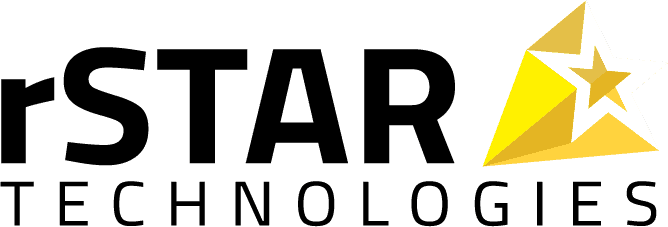Right now, every business is trying harder than ever to ensure that the work their employees are doing creates actual results. Great project management is at the core of making that happen.
Table of Contents
The agile project management methodology has been extremely successful at helping small-scale teams achieve and drive business value. Now, Scaled Agile Framework (SAFe) is bringing that same model to the enterprise-level, with incredible potential to strengthen operations.
In this blog, we’ll explore:
- How SAFe makes the agile approach work better for business
- Why great program implement (PI) planning is the key to making SAFe work
- How rSTAR enables enterprise agility with SAFe
Why Adopt the SAFe Framework?
At rSTAR, we’ve been using agile project management for years, both internally and during customer implementations. During that time, we’ve consistently experienced the same issue: agile works great for individual project team members and supervisors, but there are often visibility problems for senior leadership.
Sometimes, those visibility issues occur because the daily chatter in scrums is so granular and specialized that leaders can’t effectively sample the conversation to make their own assessments about project status. Other times, it’s because the agile process is working so smoothly, teams do not need to reach upward for support often, leading to an accidental but crucial communication breakdown.
Scaled Agile Framework (SAFe) is a global approach to agile project management that’s specifically designed for enterprise planning. SAFe eliminates the visibility issues of the agile process and unifies all the pieces of business planning and operations into an interconnected, easy-to-monitor web.
How SAFe Scales Agile for Enterprise
In a traditional agile setting, each project is owned by a team who break it down into tasks and reports to each other on progress, needs, and roadblocks. That team is typically five-to-nine people who know the project inside and out, but their work may be something of a mystery to the rest of the organization.
SAFe bursts that bubble, breaking down the barriers between teams while maintaining their functional integrity. Instead of a small group owning a big project, the whole team owns individual pieces of the company’s core work. Basically, achieving business objectives become “the delivery,” and each individual department or team has a very defined, measurable role in making that happen.
That means there’s more visibility, more collaborative interdependence, and increased ability for leadership to steer the enterprise in a singular, customer-centric targeted direction.
The SAFe Approach to PI Planning
SAFe guarantees an entire organization is truly working together by starting with high-concept goals for a quarter, release, or term that come directly from top leadership and the business team. Those goals are broken down into specific epics, features, stories, and subtasks.
Applying the Weighted Shortest Job First (WSJF) approach, the most fundamental and valuable tasks are assigned to various teams throughout the organization, ensuring that the entire enterprise is working in complementary ways toward a shared goal while using their time in the most impactful possible manner. From there, defined roles and expectations can be created for each individual task and team member, building an environment where both overarching and individual goals and responsibilities are crystal clear.
How rSTAR Implements SAFe
One of our valued, long-term customers came to us recently with the challenge of scaling agile company-wide. They’d seen great results at the team- and project-levels with agile, but needed support executing SAFe at enterprise level.
We set up a five-day PI planning session with the organization’s leadership, during which we identified their key operational goals and helped them understand how agile methodology could be scaled up to work for them in a business context using SAFe. By the end of that planning session, we had generated a sprint calendar that laid out every single act of work that needed to be carried out companywide for the next quarter to achieve those goals. Guided by WSJF methodology, all work was scheduled in the optimal order of completion.
That quarter was organized into five sprints, with the sixth and final sprint of the planning period reserved for innovation, adaptation, and planning. During that time, team members are encouraged to apply and experiment with new ideas or techniques they’ve learned about or implemented in the previous five sprints to inform their thinking for the next PI planning period. In this way, each planning period ends with an eye toward making the next one better – and that’s what really makes SAFe work for enterprise!






